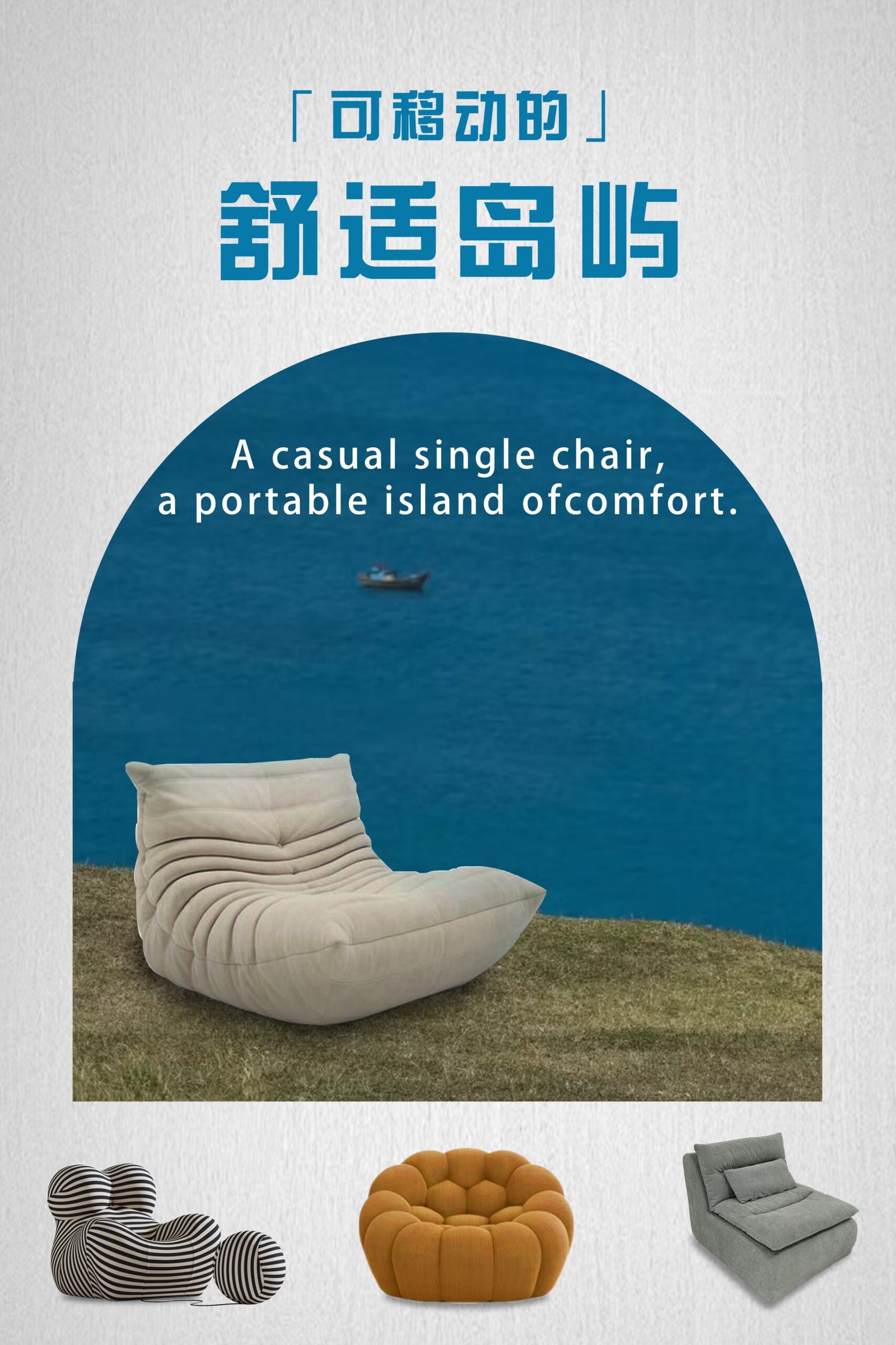
Ever wondered how a full-sized sofa fits into a box that fits in your elevator?
The compression ratio of a compression sofa shows how much its volume can shrink during packaging. A higher ratio means better space savings during transport and storage.
Understanding this ratio helps you compare models, reduce shipping costs, and pick the right sofa for your business or home—especially if space is tight.
What Does "Compression Ratio" Actually Mean?
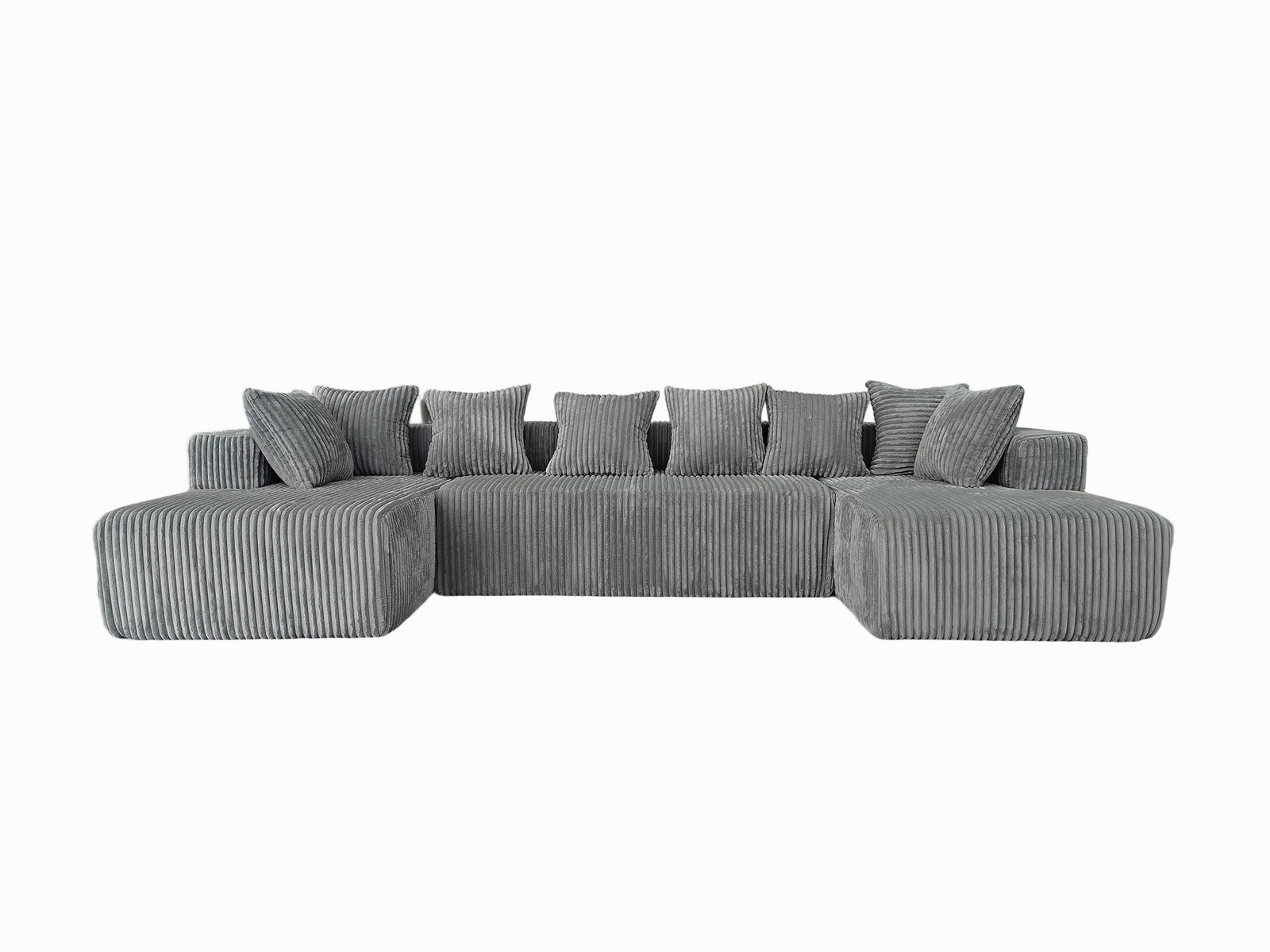
You’ve probably seen those videos where a full-sized sofa expands from a vacuum-packed box—but what does that really mean in numbers?
Compression ratio is the original volume of the sofa divided by the volume after compression. It measures how compact a sofa becomes when packaged.
Example:
Let’s say a sofa measures:
- Expanded: 200cm × 80cm × 90cm = 1.44m³
- Compressed: 100cm × 40cm × 35cm = 0.14m³
Compression ratio = 1.44 / 0.14 ≈ 10.3
That means the sofa shrinks to about 1/10 of its full size. Pretty impressive.
| State | Dimensions (cm) | Volume (m³) |
|---|---|---|
| Uncompressed | 200 × 80 × 90 | 1.44 |
| Compressed | 100 × 40 × 35 | 0.14 |
| Ratio | — | 10.3 |
The higher the compression ratio, the smaller the shipping box, and the easier the handling.
Why Does Compression Ratio Matter?

Sure, it sounds technical—but why should you care?
Because compression ratio directly affects logistics, shipping cost, warehouse space, and even product competitiveness in e-commerce.
Key Benefits of a High Compression Ratio
- Lower Shipping Costs – More units per container
- Easier Delivery – Fits in cars, elevators, tight hallways
- Reduced Warehouse Fees – Smaller SKUs take less space
- Better for E-Commerce – Smaller packages mean cheaper fulfillment
- Customer Experience – Easy carry-in, easy unbox
At HSM, we’ve helped clients reduce shipping costs by over 40% by switching to models with a higher compression ratio.
But be careful—compression ratio isn’t everything. Too much compression can damage comfort or shape if the structure isn’t engineered properly.
How Is Compression Ratio Measured?

This isn’t just guesswork—it’s a measurable number.
You calculate compression ratio by dividing the expanded volume by the compressed volume.
Here’s the basic method:
- Measure the sofa’s expanded dimensions (L × W × H)
- Measure the compressed package size
- Convert both into cubic meters or cubic centimeters
- Divide the two values
Formula:
Compression Ratio = Expanded Volume / Compressed Volume
Tools You Need:
- Tape measure
- Calculator
- Sometimes vacuum gauge (for air-inflated models)
Our quality control team checks compression ratios as part of every production run. For B2B buyers, this can help you calculate shipping cost per unit before buying.
What Affects a Sofa’s Compression Ratio?
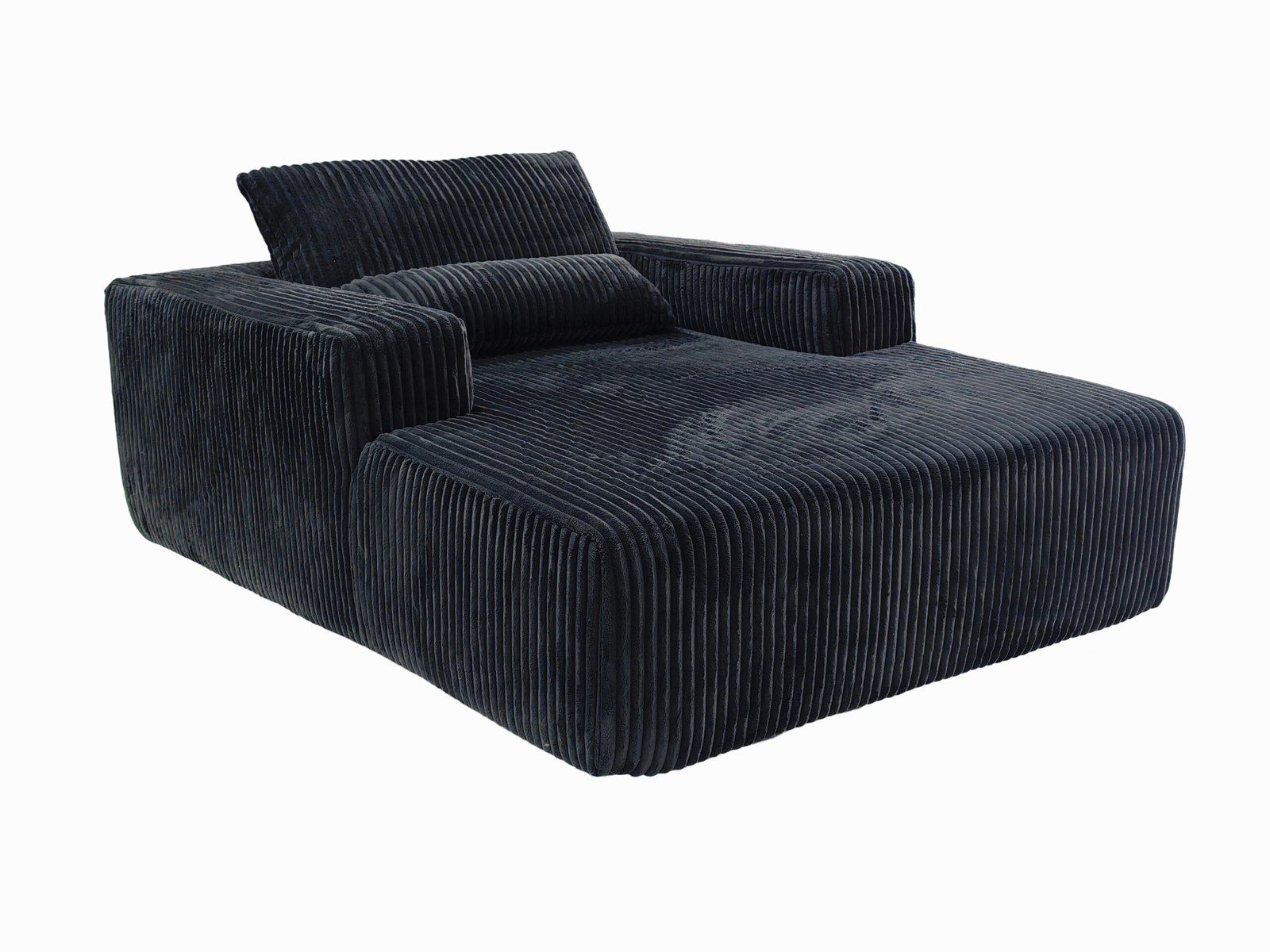
Not all sofas compress the same. So what makes one shrink better than another?
Compression ratio depends on material flexibility, frame design, cushion density, and packaging method.
Key Factors:
1. Filling Material
| Material | Compressibility | Comfort Retention |
|---|---|---|
| Memory Foam | High | High |
| High-Density Foam | Medium | High |
| Pocket Springs | Medium-Low | Very High |
| Air Inflatable | Very High | Low |
2. Frame Type
- Foldable metal frames compress better than solid hardwood
- Modular structures that come in sections pack tighter
3. Outer Fabric
- Stretchable fabrics allow tighter vacuum seals
- Rigid upholstery limits shrinkage
4. Vacuum Technology
- Stronger vacuum compression = higher ratio
- Requires high-quality seals and durable materials
At HSM, we balance material choice and packaging method to make sure the sofa compresses tightly—without deforming or losing bounce.
What’s a Good Compression Ratio?
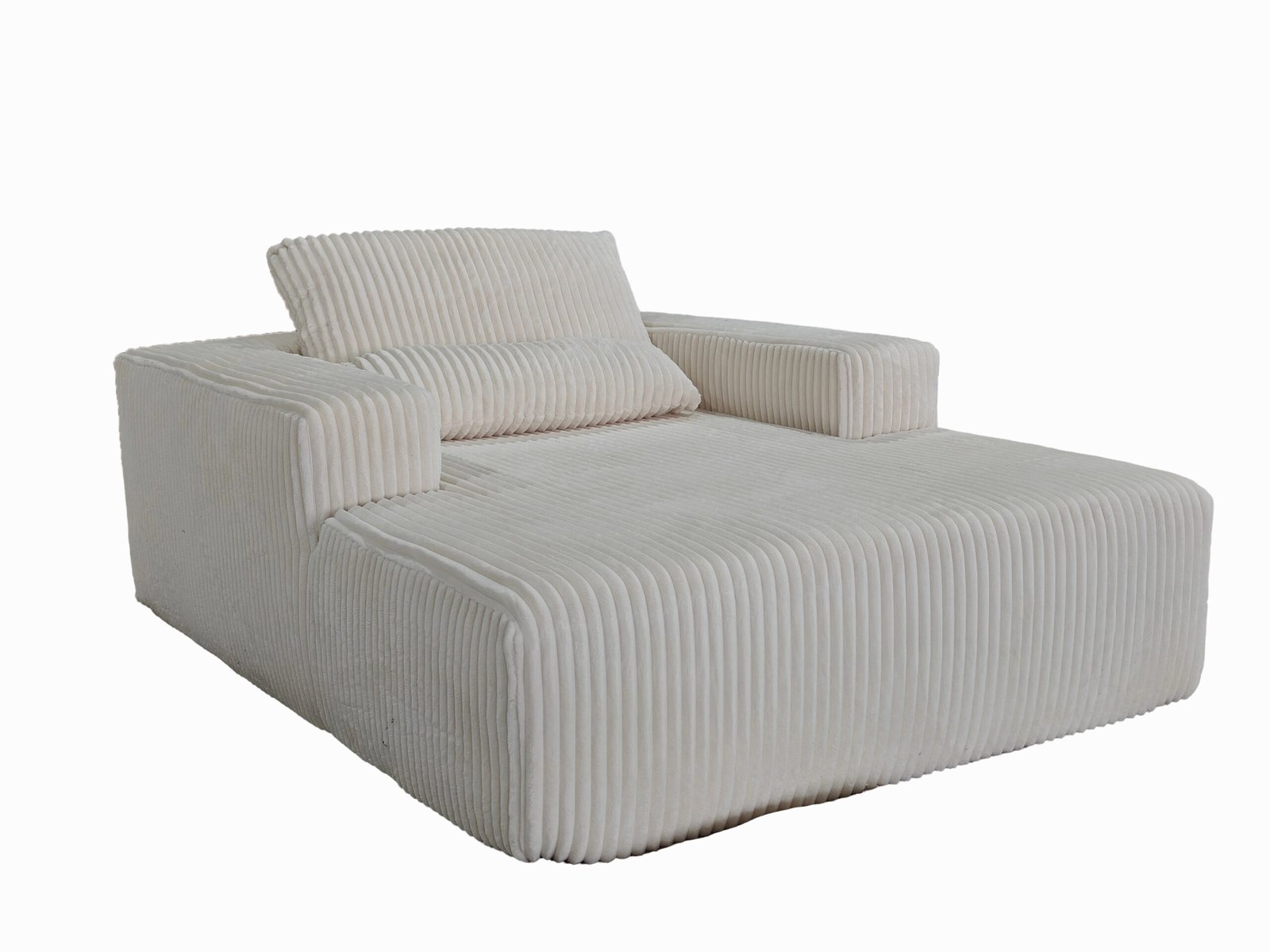
So how high should a compression ratio be?
It depends on your goals—shipping, storage, or user experience.
| Compression Ratio | Suitability |
|---|---|
| 3–5× | Entry-level, mid-size models |
| 6–8× | Good compression with reliable comfort |
| 9–12× | Best for shipping optimization |
| 13× or higher | Inflatable or ultra-light foam units |
Real-World Case:
Our model HSM-FX80 compresses from 1.2m³ to 0.13m³—a ratio of 9.2×—and still maintains full rebound within 48 hours. Clients love that it ships by express courier without damage.
Are There Trade-Offs with High Compression?
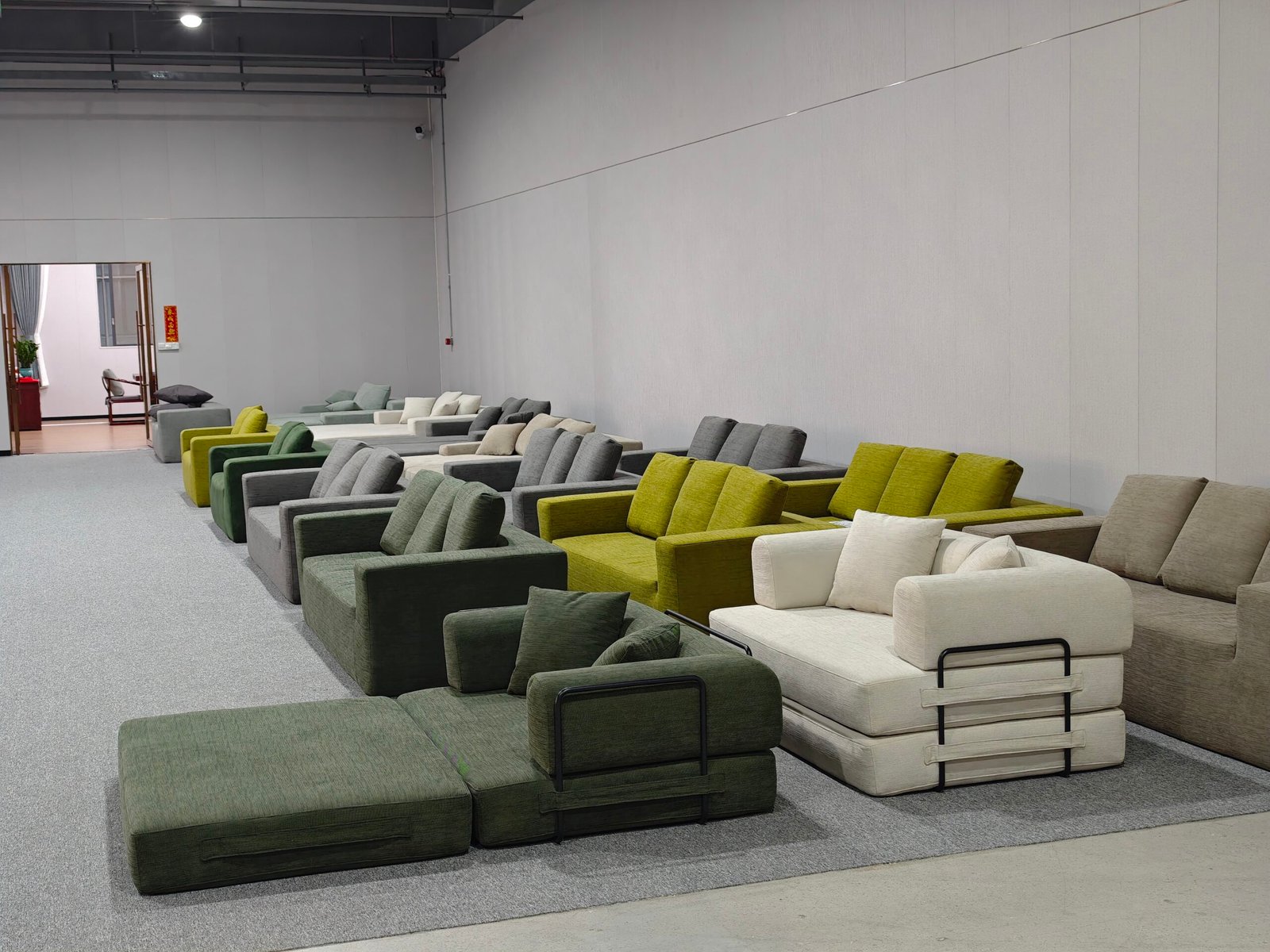
Yes—just like anything, more isn’t always better.
Ultra-high compression ratios can sometimes mean:
- Longer rebound time (12–48 hours)
- Softer cushions (less density = easier to compress)
- More packaging materials (extra vacuum layers, reinforcements)
- Risk of permanent deformation if quality is low
That’s why we recommend balancing ratio + material quality + design. At HSM, we use rebound tests, sitting pressure tests, and packaging trials to make sure comfort doesn’t get lost.
Conclusion
The compression ratio tells you how smart and efficient a sofa really is. For small spaces, e-commerce, and global shipping—a higher ratio means more value, less volume.